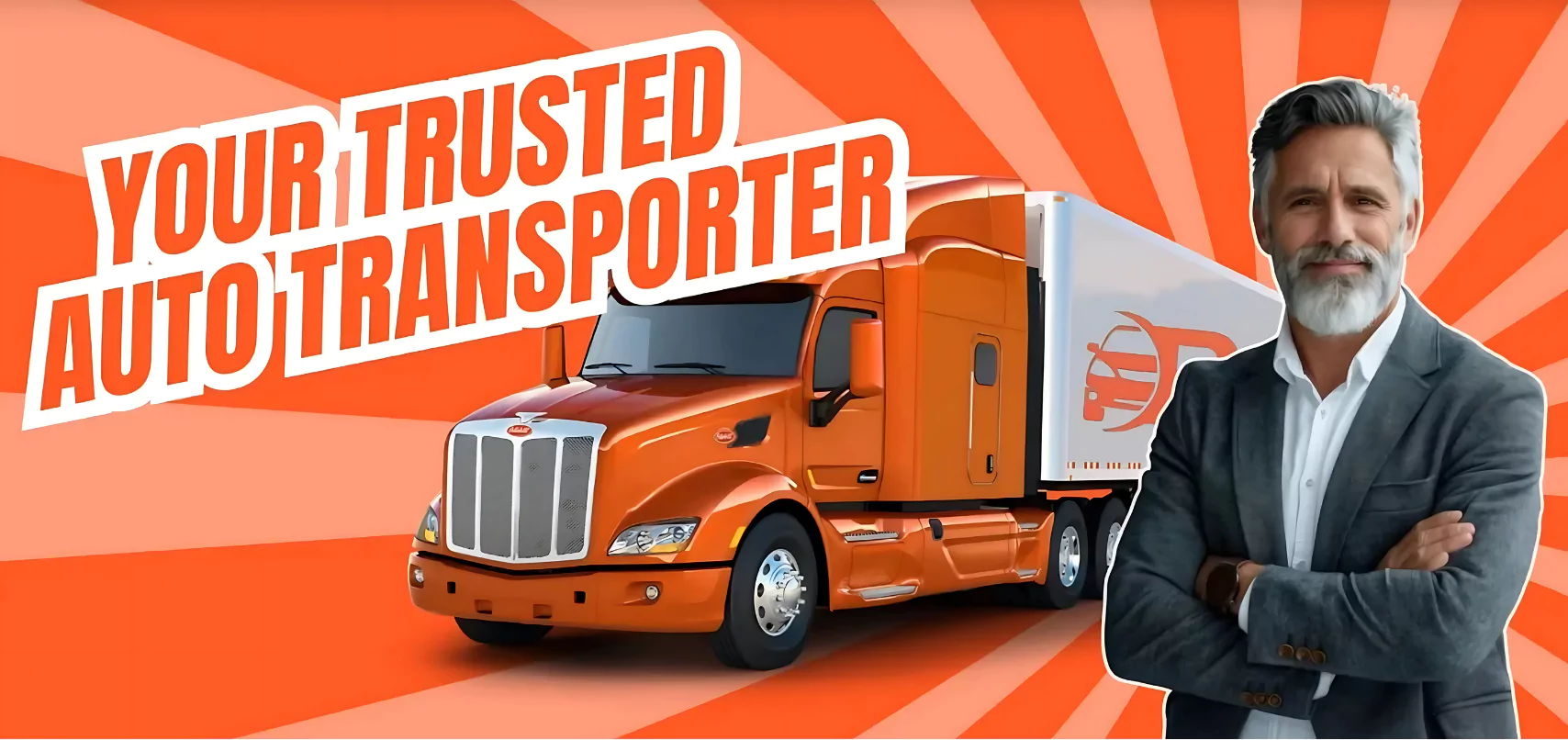A Detailed Guide To Auto Shipping Process @ Rapid Auto Shipping
Car lovers are passionate about their car and want to ensure it gets the best treatment possible. The love between a man and his car can only be understood by those who have felt it. At Rapid Auto Shipping, we know this. We are as passionate about transporting a car as a car lover would be about owning and possessing it. We also know that navigating the auto-shipping process can seem daunting, but with the right information, you can ensure a smooth and secure journey for your vehicle. To ensure your car transport experience is as stress-free as possible, from initial planning to final delivery, a detailed, step- by-step guide to the auto shipping process is provided. To ship a car in the USA, you'll need to research and prepare your vehicle, get quotes, choose a shipping method (open or enclosed), and then prepare for pickup and delivery, including inspections and signing the bill of lading.
Your Step-by-Step Guide
1. Research and Choose a Reliable Auto Transport Company
- Check for Licensing and Insurance: Ensure the company is licensed and insured with the FMCSA.
- Read Online Reviews: Look for positive customer feedback and accreditations.
- Compare Quotes: Get multiple quotes for the best price and service.
- Verify Coverage: Confirm damage protection during transit.
- Reputable Companies: Choose Rapid Auto Shipping for reliable service.
2. Inspect and Document Your Vehicle
- Thorough Inspection: Wash your car to spot dents or scratches.
- Document Condition: Take photos from all angles and note issues.
- Fuel Level: Keep the tank at 1⁄4 full to minimize weight.
3. Gather Information and Get Quotes
- Vehicle Details: Prepare make, model, year, and condition.
- Pickup and Delivery Locations: Specify exact addresses or zip codes.
- Transport Type: Choose open or enclosed shipping.
- Desired Pickup Date: Set your preferred pickup time.
- Use Online Calculators: Get instant quotes online.
- Compare Quotes: Shop around for the best deal.
- Consider Factors: Distance, vehicle type, and season affect costs.
4. Booking Your Shipment
- Choose a Company: Pick the best mix of price and reliability.
- Provide Details: Share accurate vehicle and location info.
- Confirm and Pay: Review terms and make payment.
- Schedule Pickup: Get driver details and estimated dates.
5. Prepare Your Vehicle for Shipping
- Clean the Car: Wash it to document its condition.
- Remove Items: Clear out personal belongings.
- Secure Accessories: Fix or remove aftermarket parts.
- Check Leaks: Ensure no fluid leaks.
- Check Tires and Battery: Verify inflation and charge.
- Disable Alarms: Turn off alarms to avoid issues.
- Fold Mirrors: Protect side mirrors.
- Disable Tags: Remove toll tags and passes.
- Spare Key: Provide a spare key.
- Special Instructions: Share any specific needs.
- Inspection: Driver documents condition on pickup.
- Pickup: Vehicle is loaded securely.
6. Delivery and Inspection
- Track Shipment: Monitor progress with tracking info.
- Transit Time: Expect a few days to weeks based on distance.
- Delivery: Vehicle arrives at your location.
- Final Inspection: Check condition on arrival.
- Sign Bill: Confirm delivery with your signature.
- Follow-Up: Contact us with any post-delivery concerns.

